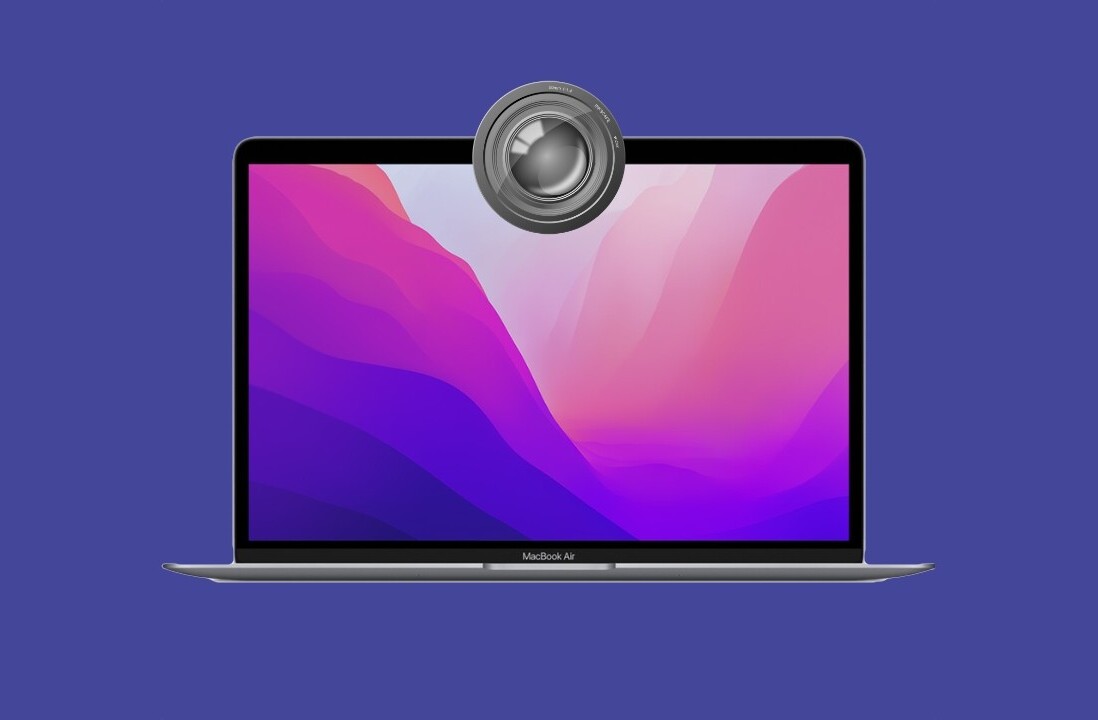
 Have you ever wanted to learn chords but you’ve never got around to it? We may have found you an interesting way to learn how to play chords through the use of the iPad and iPhone.
Have you ever wanted to learn chords but you’ve never got around to it? We may have found you an interesting way to learn how to play chords through the use of the iPad and iPhone.
Canadian startup Shiverware is developing applications that assist both aspiring and seasoned musicians to learn and experiment with the major and minor chords, and it aims to fast-track the learning process through its use of customizable layouts.
Shiverware’s first app called Musix, applies chords and scales to an isomorphic keyboard that appears similar to a honeycomb, sporting each individual note in a hexagonal cell. Musix illustrates correct combinations of notes that make up a chord, such as B minor.
We spoke with Brett Park of Shiverware earlier today, a musician and computer science graduate that helped code the app. He told us that while there are a few apps similar to Musix (Hex OSC Full and HexJam HD), his app offers more features and for a lower-cost. Park, also the President of Shiverware, says that his app simplifies the process of memorizing different fingerings, using the piano as an example.
The main difference between a piano and Musix is that to play a piano you have to spend a lot of time learning all the different ways to play chords and scales and if you want to do so in a different key, you need to learn a whole new fingering and layout. With Musix, you no longer have to memorize all these different fingerings. All you really need to do is learn a shape.

Layouts & How to Make Chords
At first glance, the complex layouts appear to be overwhelming however Musix offers instructional videos that brings newbies the fundamentals.
There are a series of layouts that all have their own purposes. By using the vertical Gerhard layout, the cells or notes/scales are tighter together and provide a more natural fit whereas the harmonic layout displays the chords and scales in triangles making it ideal for playing with one finger. Displayed in the video, the format of the layouts helps users by placing the root of the chord in the middle of the surrounding notes that make it up. Already a pro? Musix enables users to also create their own customized layouts.
To break it down further, users are able to use the isomorphic keyboard (a keyboard that makes the same patterns for all keys) to identify the core notes while offering the same patterns for all surrounding notes. This sounds a bit confusing but it simply means that after you find your core note, by selecting the south-east cell (note) it will always produce a descending major third using the Harmonic layout.


Sounds & Instruments
Musix contains six instrument synths including accordion, brass and clarinet sounds. And if you’re using audio software on the desktop, the app can be used as its own instrument that works with the software similar to connecting a midi keyboard.
There’s two ways to use Musix with the desktop; midi will send messages in real-time to programs and midi devices (by installing DMSI) and OSC (open sound control) it will do the same thing but requires a different set of tools to be installed (Osculator or MaxMSP).
Why Make Music Using Multi-Touch Surfaces ?
Apps such as Touch OSC provide the same type of connectivity to desktop software and provide a more organic solution for creating beats and harmonies. By assigning loops and beats to objects/keys, the multi-touch surface allows the user to mix and switch beats by tapping the surface similar to tapping your finger to the beat. It’s a more natural experience than using your mouse, making tablets and smartphones a fantastic tool to have in any beat laboratory.

How to Apply the Knowledge
In theory, if you were learning to play guitar the information collected from Musix could be easily applied to the instrument assuming you understand which note is assigned to each string. The Musix app will teach guitar players the combination of notes that make up the C major chord by providing both visuals and an interactive learning experience.

The Bottom Line:
Users will no doubt glean a great deal of information on chords and scales although it does require a bit of getting used to, and overall it initially sounds a bit easier than it actually is unless you’re a skilled musician. One the other hand, after you’ve wrapped your head around the formatting of patterns it’s a pretty neat tool for visualizing notes and chords.
Shiverware is competing with apps like Hex OSC S that also offer layouts, built-in sounds and chords displayed in the honeycomb format but it will cost you $9.99. Musix will cost you .99 and has added features that when connected to your desktop (using either midi or OSC) the notes can be altered depending on where you touch the note. Touching a note at the top the cell will produce a loader sound or by wiggling your finger on a note it will output a vibration-note similar to wiggling a guitar string.
Musix is available for the iPhone and iPad and it’s currently one of the cheaper options in this category. If you’re not sure whether you would benefit this style of app, the discounted option might be the best way to go.

Tablets and smartphones, specifically the iPhone and iPad have replaced the need for expensive physical control surfaces. The layout and arrangement of these isomorphic keyboards are also available as physical composing tools often costing over $450 a unit, so overall these types of apps in general, are a major win for music creators and iOS users alike.
Get the TNW newsletter
Get the most important tech news in your inbox each week.




